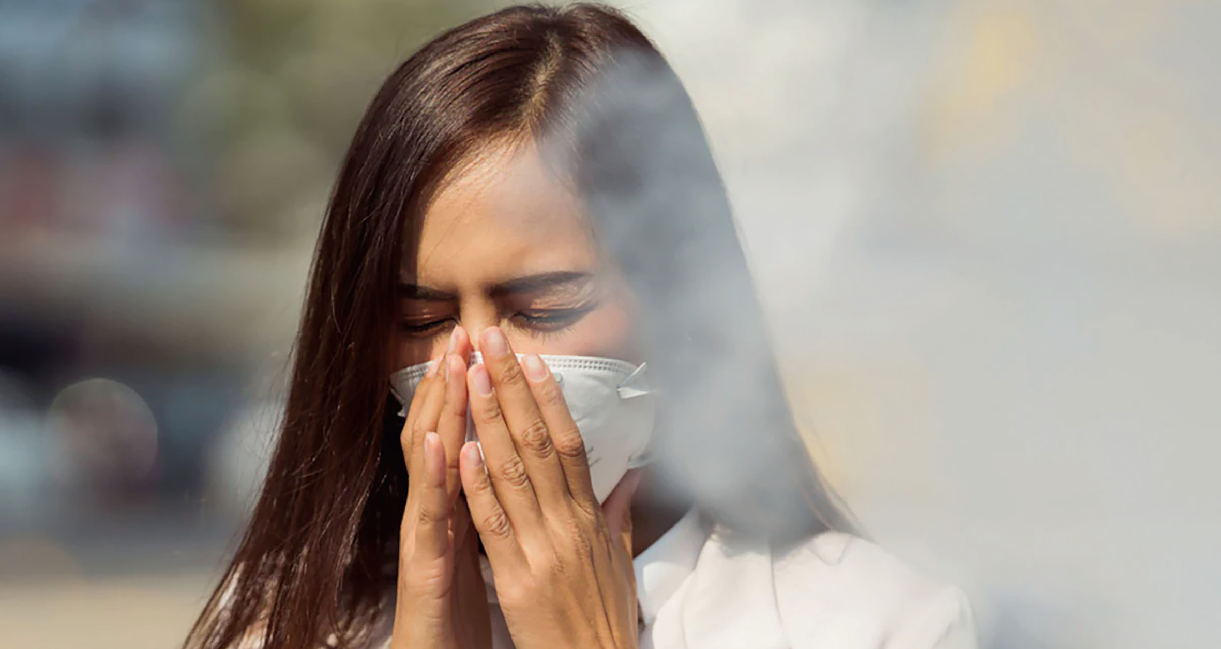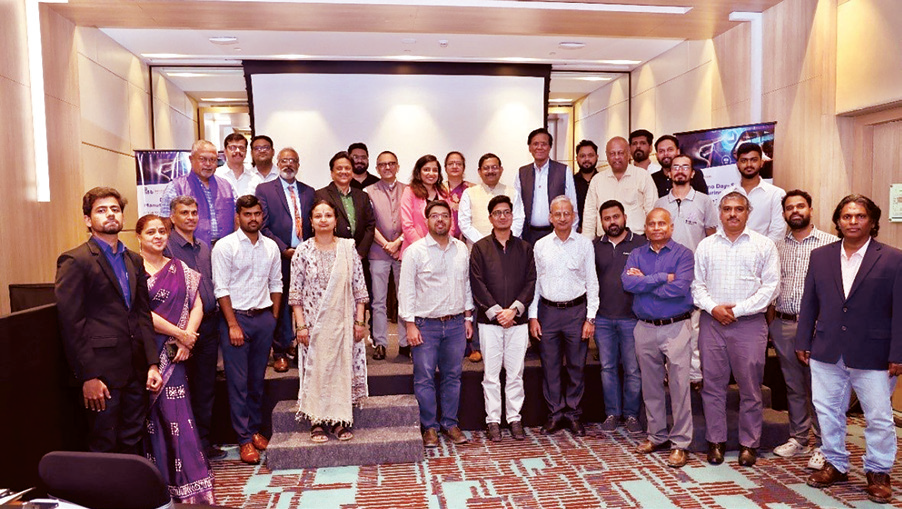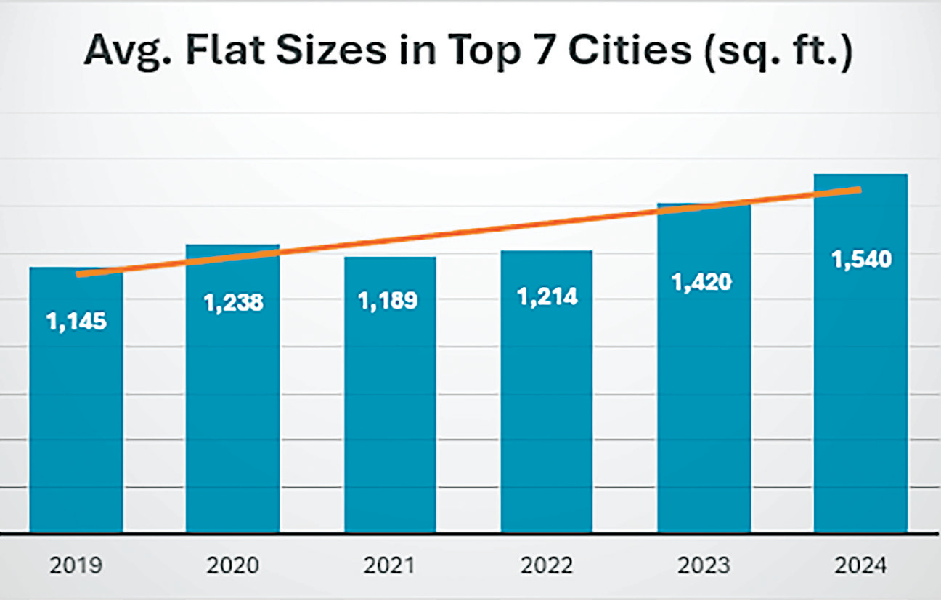
Plastic Debris Major Cause of Sea Pollution
Nazeer Waris
Plastic comes cheap and is easy to use. It, therefore, finds use in varied ways. When you head for the purchase of grocery, almost everything comes wrapped in plastic ware.
Water bottles are most common to be seen everywhere. Milk comes packed in plastic sachets. Atta (wheat flour) is neatly packed in plastic bags.
Ice cream is supplied in plastic tubs. Oil comes in plastic jars. Washrooms have plastic buckets, jugs, soap caskets. Kitchen has spoons, ladles, tumblers and all kinds of containers made of plastic.
Several sports items and vehicles have plastic parts. Almost all electrical products have plastic casings. Most medicine use plastic packaging. Plastic is a synthetic organic polymer made from petroleum.
The items made of plastic are light and have short age as they can crack or break if used continuously. Since the plastic waste does not fetch good money, people cast them away in municipal garbage bins or sell them for a pittance to plastic trash collectors.
But that is all about plastic which is somewhat useful over a long period of time. Lot of plastic items are meant for single use such as the plates, spoons and tumblers that are used for dining at marriage or convention halls.
Similarly, the food packed by eateries to be carried by couriers also comes in a variety of plastic packets or boxes. And all such containers are discarded after a single use.
The Government has brought in laws prohibiting use of single-useplastic (SUP). But implementation of this law is not easy and violations are rampant. Besides these, all kinds of chocolates, biscuits, cakes, supari and post-dinner delights come in thin plastic wrappers which are littered carelessly.
These are not easy to pick as they get stuck into muds, sidewalk conduits, between pavement tiles and into roots of pavement bushes. Municipal garbage collectors collect large pieces of waste plastic which can be taken for recycling and have economic value.
But they may not feel persuaded to collect wrappers or sheets stuck in mud. These get into sewage gutters, stormwater drains and flow into lakes and finally end up in oceans.
The International Union for Conservation of Nature (IUCN) says over 400 million tons of plastic are produced every year for use in a wide variety of items.
At least 14 million tons plastic end up in the ocean every year and plastic makes up 80% of all marine debris found from surface water to deep-sea sediments.
Plastic waste islands can now be seen floating on the sea surface. Several marine animals ingest these plastic items or get entangled. Due to solar ultra violet radiation, thrust of winds and currents, plastic breaks into small particles called microplastics.
The small size makes them easy for marine life to ingest accidentally. Littered plastic leaves the cityscape grumpy. It even clogs sewage gutters and waterways and is most common reason for clogging and flooding of surrounding areas.
If littered on the beaches, it has negative impact on tourism. If discarded in forests and sanctuaries, it can be a health hazard for wild animals. It is therefore necessary that we reduce the use of plastic.
We need to follow Refuse-Rethink-Reduce-Redesign-Reuse strategy. Everyone of us should carry a cloth bag to market for grocery purchase. We need to refuse plastic carry bags offered by shopkeepers.
If indeed some plastic items have to be purchased, we should accept the most minimum. The plastic waste from our homes should be disposed off in appropriate garbage bins.
At no cost the plastic waste should go into waterways and water bodies. How does the plastic end up in the oceans?
The bottom line is us. Whether we mean to litter or not, there's always a chance the plastic we throw away could make it into the sea, and from there who knows?
Maybe as far as the Arctic. Big changes start with small steps and we all have the power to make a difference. What will you do to start cutting the plastic in your life?
A Fish Statue Out Of Plastic Waste
In June this year, Goa unveiled an art installation, a giant statue of a fish made out of plastic waste.
The fish is ‘Palu’ which is a Goan fish. The fish statue was conceived and built by artist Sanjay Shetye. It has been installed on the famous Miramir beach. It displays plastic bottles, cans, jars, plates, tubes, ducts, sieves, containers, utensils, cups, kettles, bowls, jugs, discs, waste bins, tubs and drums.
The statue is 25 feet high, 10 feet wide and weighs half a ton(i.e., 500 kgs.). Interestingly, the entire waste was retrieved from sea and beaches of Goad which the ocean and current had hurled back on the coastal sand.
The idea was given by Sanjith Rodrigues, the Managing Directo
 English daily published in Bengaluru & Doha
English daily published in Bengaluru & Doha






